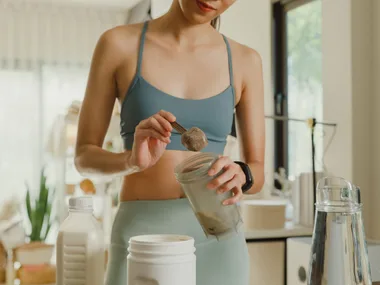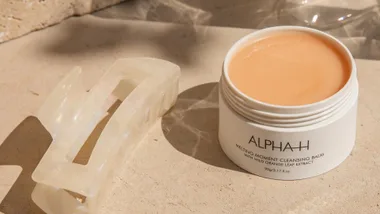Every year, billions of dollars are spent by cosmetic companies searching for the key to eternal youth.
The global market for anti-ageing products is forecast to reach $352.7 billion by 2020, says a report by Global Industry Analysts.
According to the Cosmetic Physicians Society of Australasia’s (CPSA) annual survey, one in two Australians worries about looking older.
A CPSA spokeswoman, Dr Catherine Porter, says the anti-ageing industry and attitudes towards cosmetic procedures have changed in the past five years.
“Patients now have more options than ever before, particularly when it comes to more advanced treatments, such as wrinkle-relaxing injections,” she says.
“We have also seen a rise in both the popularity and acceptance of anti-ageing treatments in recent years. The latest CPSA survey found over three-quarters of Australians feel non-surgical cosmetic procedures are an acceptable option to address the signs of ageing.”
It seems as technology advances, so does our willingness to experiment with various anti-ageing treatments.
“We continue to see improvements in technology, making treatments more effective and, in many cases, less invasive, meaning relatively little down-time depending on the type of treatment,” says Dr Porter.
For those of us who prefer to avoid fillers and light-based therapies, or who want to prolong the results of a treatment, topical skincare products are recommended.
“We know that some women are very interested about their radical efficacy and are looking for some cosmetic products to extend their results. And some women still hesitate to go for it and prefer a cosmetic proposal with a multi-step action to get more progressive results,” says Elisabeth Bouhadana, L’Oréal Paris Global Scientific Communication Director.
She says that, in the next year, more products with active ingredients that penetrate deeper in the epidermis will arrive on the market.
San Francisco-based dermatologist Dr Vic Narurkar, a past president of the American Society of Cosmetic Dermatology and Aesthetic Surgery, says topical products are effective in targeting many anti-ageing concerns.
“Skincare has advanced dramatically, with cosmeceuticals showing greater efficacy for a variety of conditions such as melasma [patchy brown discoloration of the skin], photo ageing [damage caused by ultraviolet light], fine lines on the face, as well as non-facial skin, such as the hands, neck, décolletage and body.
“Looking youthful no longer requires going under the knife,” he says, adding that “combined treatments with fractional lasers such as Fraxel and Clear + Brilliant with topical antioxidants have been a major breakthrough, as these allow greater delivery of cosmeceuticals.”
So what ingredients should we be looking out for in anti-ageing products and will you get the same results with products at lower prices?
Dr Narurkar says there are significant differences between products and it’s not just based on cost.
“Typically, cosmeceuticals which are available in physicians’ offices [prices range from $65 to $300] have more evidence-based studies – clinical trials showing efficacy.”
Moreover, the quantity of ingredients and the delivery system are important.
“Many cheaper creams do not contain enough concentrations of active ingredients and lack the delivery systems necessary for effective results. Ingredients that will be popular include topical vitamin C, natural skin brightening agents such as resorcinol and licorice.”
Yet Sydney dermatologist Dr John Sullivan argues you can still find a good-value anti-ageing product with effective ingredients.
“Generally, more expensive products may have a more refined cosmetic design, feel or smell and a person feels valued when given such an expensive present,” he says.
“However, they do not have greater clinical benefits on skin ageing compared to many better value products. Many cosmetic companies produce product ranges that span the full price range. These can contain very similar ingredient contents. Higher price does not usually reflect higher concentrations of beneficial ingredients.”
Looking further into the future, Marie Enna-Cocciolone, Chief Executive Officer and founder of Inskin Cosmedics, says the industry will continue to launch active ingredients that pinpoint the signs of ageing.
“They will be similar to a GPS tracking system, whereby they interact with a specific cell or part of the DNA to trigger a specific reaction. Active ingredients will be biomimetic [‘bio’ meaning life, ‘mimetic’ to imitate], they will mimic the make-up of the skin, the cellular pathway, and trick the skin into believing it is young and hence act accordingly,” she explains.
“Ageing never looked so good – the future is bright.”
Anti-ageing all stars:
1. L’Oréal Paris Revitalift Filler Revolumising Serum, 16ml, $49.99.
2. Elizabeth Arden Prevage Anti-Aging Wrinkle Smoother, $99.
3. La Roche-Posay Redermic C, normal to combination skin, 40ml, $54.99.
This article was brought to you by L’Oreal











